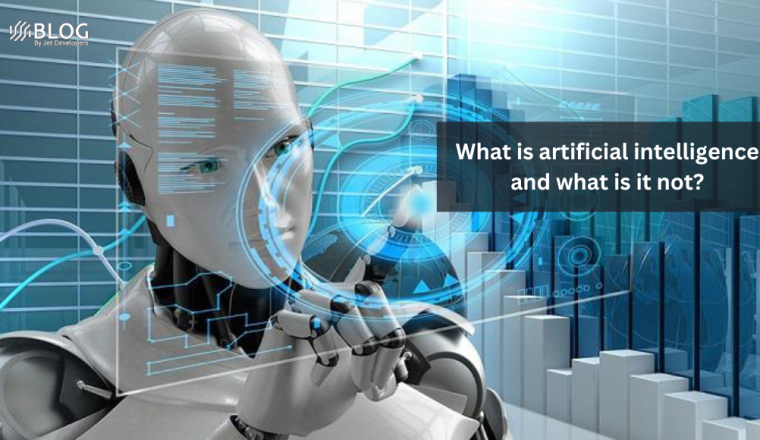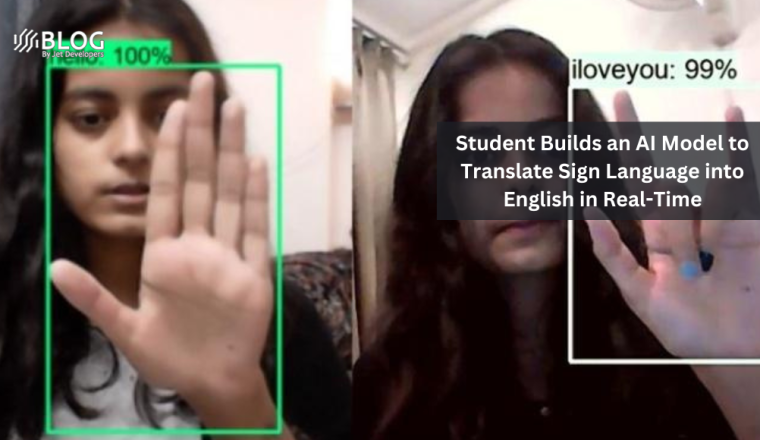ChatGPT is an AI Chatbot developed by Open AI. The chatbot has a language-based model that the developer fine-tunes for human interaction in a conversational manner.
Effectively it’s a simulated chatbot primarily designed for customer service; people use it for various other purposes too though. These range from writing essays to drafting business plans, to generating code. But what is it and what can it really do?
What is ChatGPT?
It is an AI chatbot auto-generative system created by Open AI for online customer care. It is a pre-trained generative chat, which makes use of (NLP) Natural Language Processing. The source of its data is textbooks, websites, and various articles, which it uses to model its own language for responding to human interaction.
This chatbot system provides information and responses to inquiries through AI. The popular version of ChatGPT is the GPT-3 model.
What is ChatGPT used for?
The main feature of Chat GPT is generating responses like those humans would provide, in a text box. Therefore, it is suitable for chatbots, AI system conversations, and virtual assistants.
However, it can also give natural answers to questions in a conversational tone and can generate stories poems and more. Moreover, it can:
- Write code
- Write an article or blog post
- Translate
- Debug
- Write a story/poem
- Recommend chords and lyrics
To make the AI carry out one of these demands, all you need to do is type the command into the chatbot.
What is Chat GPT Pro?
Chat GPT Pro, is a rumored professional subscription plan for OpenAI’s Chat GPT. The service was hinted to cost around $42 per month. Surprisingly, the professional plan has not yet been introduced since the reports were first spread at the start of the year.
However, OpenAI has recently released a subscription service, but under a different name – Chat GPT Plus. This plan offers users exclusive benefits including priority access and faster response times. Costing only $20 a month, this option is significantly cheaper than Pro.
What is Chat GPT trained on?
It relies on NLP (Natural Language Processing). It’s an excellent tool for researchers and developers working on various NLP projects, and it has many specific tasks, domains, and applications available to work within.
It is well-trained on biased and unbiased data, in the form of text from books, articles, and websites. Chat GPT can reproduce data outputs and reliability – crucial for many sensitive apps and other valuable Al systems. However, it is still prone to error, and biases and depends on its training data – provided in 2021.
As humans we are, more and more, interacting with Al-powered machines, and Chat GPT is a revolution in the field of Al. It is a robust model and particularly advanced thanks to its deep-learning capabilities and NLP. Ultimately, it can generate human-like answers and is easily understandable to users. Thought that doesn’t always make it right.
Can I use Chat GPT on my phone?
Yes, you can use Chat GPT on your phone. There’s nothing preventing you from doing so, as the mobile web version of the app will allow you to carry out the same actions as on a desktop browser.
Of course, you actually need a phone number for Chat GPT if you want to log in. And the ability to use it on a smartphone makes mobile use very easy – as long as you can connect.
Is there Chat GPT for Android?
There is no official Chat GPT app from Open AI, and there is no information as to whether there will be. There are purported ‘Chat GPT apps’ available in the Play Store, but these are not from the company.
Importantly, Chat GPT makes use of the GPT-3 model which is only accessible via the OpenAI Chat GPT page. But although there is no Android (or iPhone) app from OpenAI, you can access Chat GPT on your mobile device by going to the same URL.
What is Chat GPT good for?
Chat GPT is pretty good at generating text which mimics human speech. This is useful if you need a post for a website or social media page, but don’t have the time to write it out yourself. It can also produce code – again, useful if you don’t have the time to write it out yourself.









